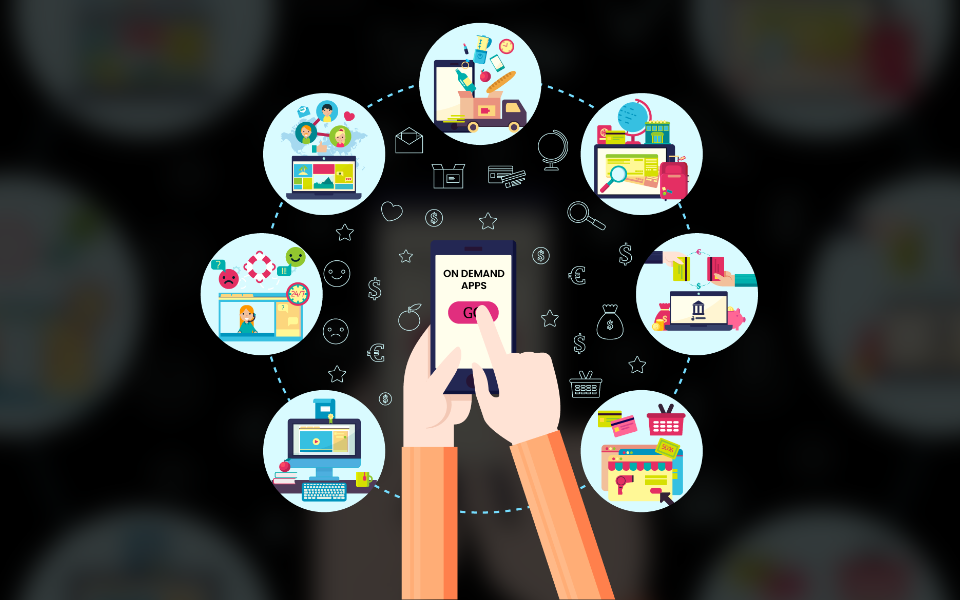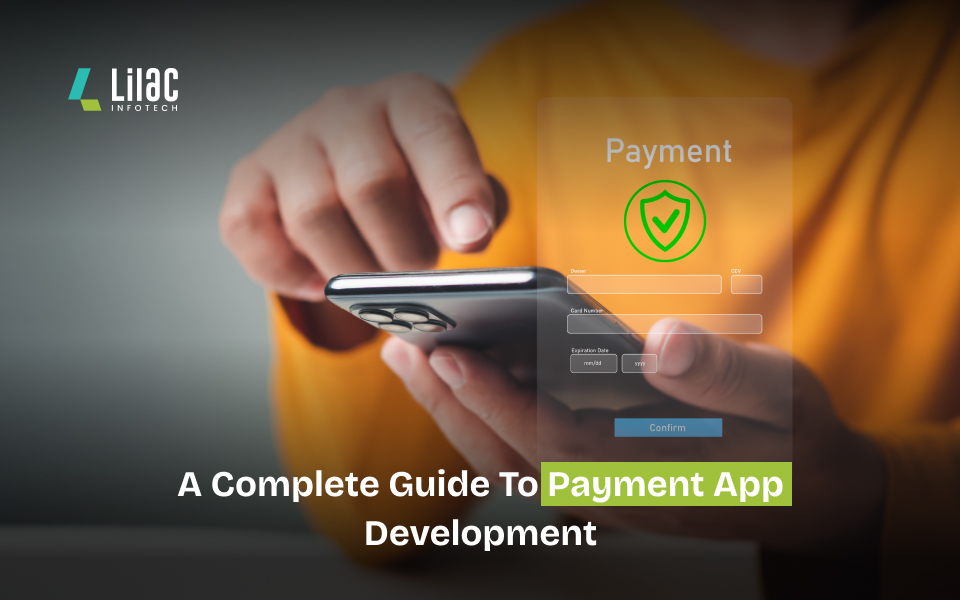
On-demand services are revolutionizing industries, with growing demand in taxi services, food delivery, home services, healthcare, etc. On-demand apps are transforming how businesses interact with customers by offering immediate access to services at the touch of a button. This guide covers the essentials for developing a successful on-demand app, from the types of apps to the features that will make your app stand out, along with steps to ensure success.
What Is an On-Demand App?
An on-demand app is a mobile or web application that connects users with service providers in real-time to request goods or services instantly. These apps are designed to fulfill immediate needs, such as ordering food, booking rides, or hiring a plumber. Notable examples include cabture, Uber (for rides), Foodmine, DoorDash (for food delivery), and TaskRabbit (for home services). These apps typically offer location-based services, real-time tracking, and instant notifications to improve the user experience. On-demand apps are versatile and can be developed for almost any industry, making on-demand app development services essential.
Benefits of On-Demand Apps
Instant Access to Services: On-demand apps allow users to request services instantly, which increases user satisfaction by reducing wait times.
Cost-Effective for Businesses: On-demand apps help businesses reduce operational costs by connecting users directly with service providers, minimizing overhead, and streamlining processes.
Convenience for Users: Users can request services every time and from any location, providing a seamless experience.
Real-Time Tracking and Notifications: Users can track their order or service in real-time, ensuring they’re updated about the status of their request.
Improved Customer Engagement: Through push notifications, personalized recommendations, and in-app support, businesses can keep users engaged and maintain strong customer relationships.
Types of On-Demand Apps
Taxi Services Apps: Apps like Cabture, Uber and Lyft allow users to book rides through their phones, offering features like fare estimation, driver ratings, and multiple payment options.
Food & Grocery Delivery Apps: Apps such as Foodmine, DoorDash, Uber Eats, instacart, and FreshDirect allow users to order food from local restaurants and have it delivered quickly.
Healthcare Apps: On-demand healthcare apps, like Clinician, Teladoc, and Heal, provide users with services such as doctor consultations, prescriptions, and in-home care.
Home Services Apps: Apps like Homier, TaskRabbit and Handy connect users with professionals for services like cleaning, plumbing, and furniture assembly.
E-commerce and Delivery Apps: On-demand delivery apps, like Shopper, Amazon, offer fast delivery services for purchased products.
Essential Features of On-Demand Apps
For an on-demand app to be successful, it must include the following essential features:
User Profiles: Users should be able to create accounts, manage preferences, and view order histories for convenience.
Real-Time Tracking: This feature allows users to track their orders or services in real time, providing a transparent experience.
Integrated Payments: The app should offer secure payment options, including credit cards, debit cards, and e-wallets.
Push Notifications: Keep users informed with notifications about order statuses, confirmations, and delays.
Location Tracking: Accurate location services help users find nearby service providers and track deliveries or rides.
Ratings and Reviews: A rating system helps maintain quality control and builds trust between users and service providers.
Admin Dashboard: An admin panel helps business owners manage users, services, and payments and monitor overall app performance.
Steps to Develop an On-Demand App
Research and Identify Your Niche: Understand the market gap and your target audience. Determine the service type that will address their needs and deliver value.
Create a Detailed Plan: Develop a clear plan outlining the features, target platforms (iOS, Android, or both), and development timeline.
Design User-Friendly Interfaces: Ensure the app has a clean, intuitive design with easy navigation to enhance the user experience.
Choose an App Development Company: Collaborate with an experienced team of on-demand app developers to guide you through the process and ensure high-quality app creation.
Develop the App: This phase involves coding, feature integration, and rigorous testing to ensure the app functions as intended.
Launch and Market the App: After development, focus on marketing strategies such as social media campaigns, influencer partnerships, and paid ads to gain user traction.
Key to a Successful On-Demand App
Success in the on-demand app industry hinges on several factors:
User-Centric Design: Apps should prioritize the user experience. Make it easy for users to navigate, request services, and make payments. A clean design and easy-to-use interface can lead to higher customer satisfaction.
Reliability and Speed: An on-demand app should perform flawlessly, with minimal bugs and issues. Fast response times and reliable service are key to keeping users coming back.
Effective Customer Support: Provides a 24/7 customer support system through chatbots, live chat, or in-app messaging. Responding quickly to user concerns can enhance their experience and loyalty.
Regular Updates: Improve your app by adding new features, fixing bugs, and optimizing performance based on user feedback.
Conclusion
On-demand apps are in high demand due to their convenience, offering users instant access to On-demand app development is in high demand due to its convenience, offering users instant access to services across various industries. Developing a successful on-demand app involves understanding key features, identifying a market gap, and partnering with the right on-demand app development services. With a focus on user experience, reliability, and customer support, your on-demand app has the potential to thrive in a competitive digital market.



















Post a Comment